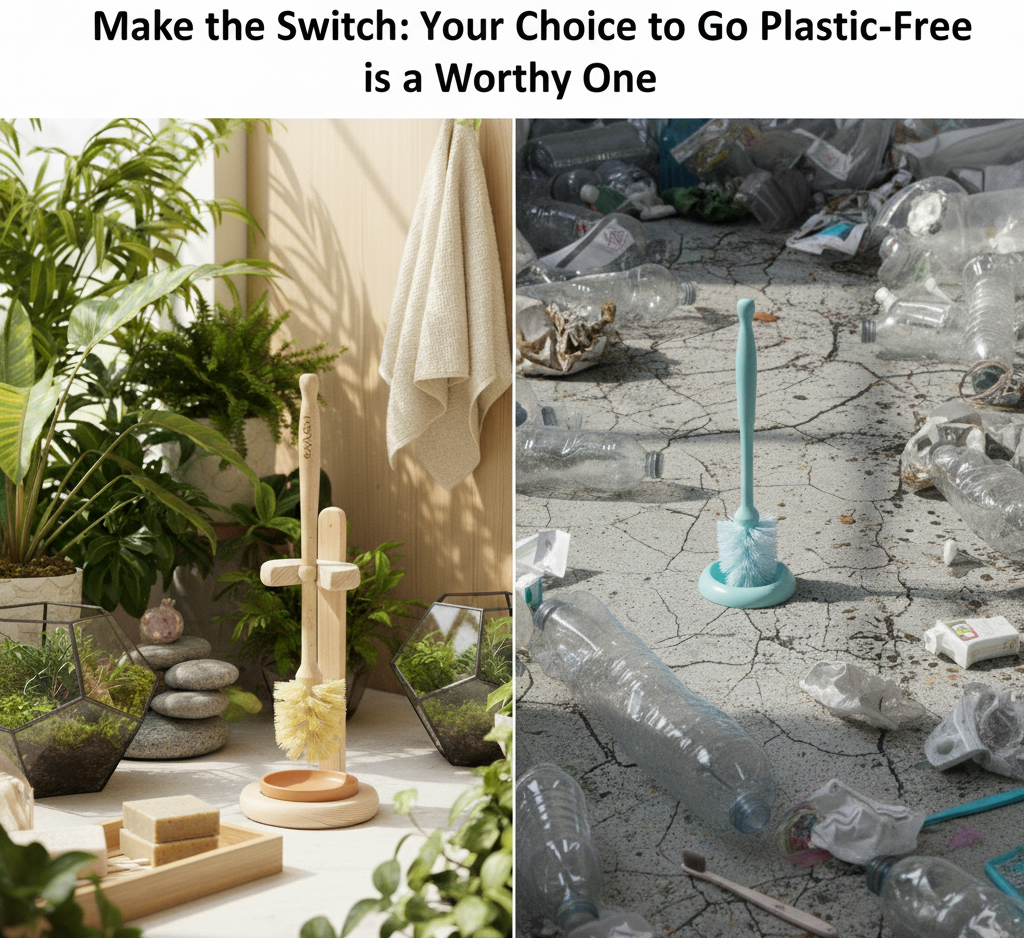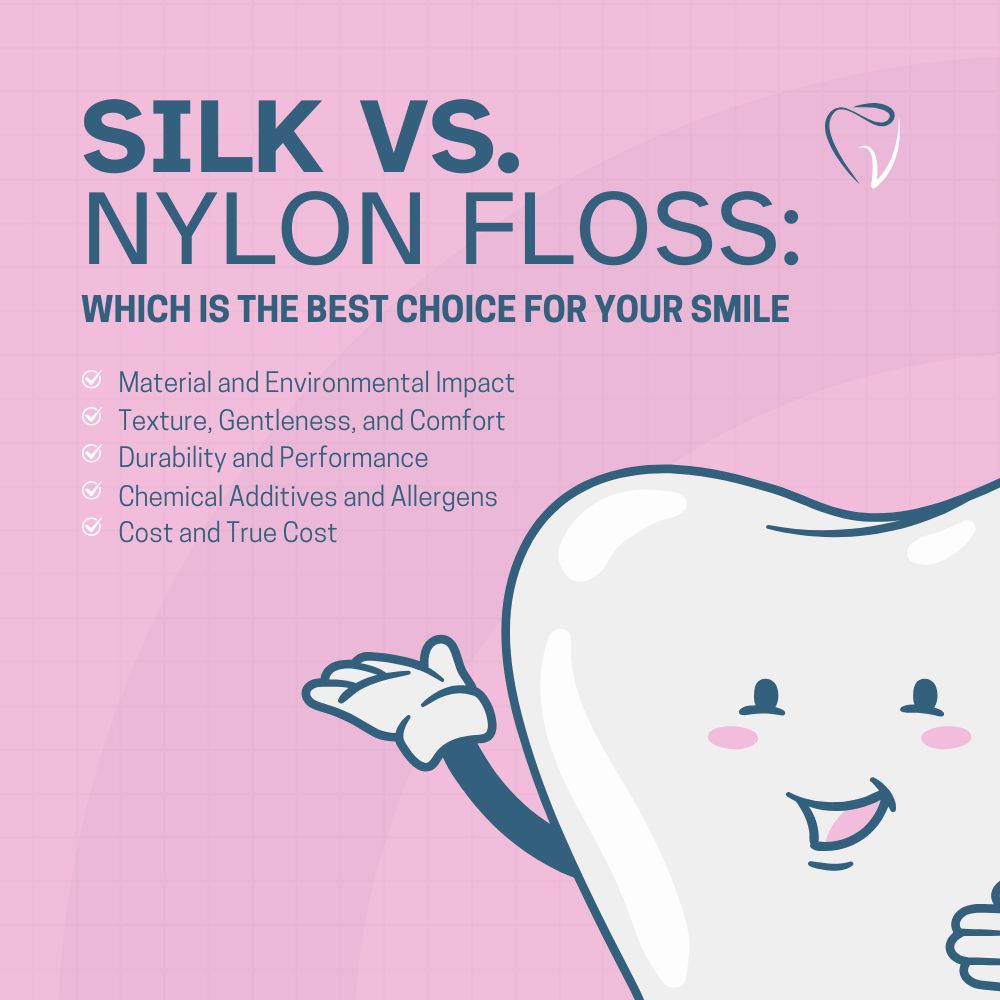Working on vehicle integrated photovoltaics (VIPV) is nearly as complex as answering the question; Why aren't there solar panels on cars?
While the concept of integrating solar panels into cars has been explored, there are several challenges that have limited their widespread adoption.
The simple answer is that it just isn’t as easy nor straightforward as slapping some solar panels on the roof and whizzing around all day long.
In the pursuit of sustainable and efficient transportation, the concept of solar-powered cars has long captured the imagination.
However, despite the allure of free fuel from the sun, several challenges have prevented the widespread adoption of solar panels on cars or Vehicle integrated photovoltaics (VIPV).

What happened to Sono Motors?
Sono Motors, the solar mobility solutions provider, has made a strategic decision to pivot its business model, discontinuing its Sion passenger car program.
The company will now exclusively focus on retrofitting and integrating its solar technology onto third-party vehicles. Laurin Hahn, the CEO of Sono Motors, emphasized the significance of this shift, stating, "This pivot marks a significant step in Sono Motors’ business development."
The decision to terminate the Sion program is attributed to the company's focus on a capital-light business model, given the challenging capital market conditions.
The Sion program, which generated around 90% of the funding needs for 2023, has been discontinued to implement a cost reduction program. Despite the challenges, Sono Motors aims to continue its innovative journey in the solar space by providing solar solutions to fleet operators.
Here are some key reasons behind this and explore the complexities that have led companies like Sono Motors and Lightyear into financial turmoil.
The Illusion of Infinite Range:
- Solar-powered cars, exemplified by projects like the Solar Raceteam Sonnenwagen, face a fundamental challenge: dependence on sunlight for range.
- While in optimal conditions, these vehicles can achieve indefinite driving, the reality is that factors like sun exposure, speed, and weather significantly impact their efficiency.
- The promise of a car that can run perpetually on solar power is, unfortunately, not yet a practical reality.
Design and Aerodynamics:
- Unlike traditional solar panels on roofs, integrating solar cells into the curved and fixed surfaces of cars presents a unique challenge.
- Achieving an optimal angle for solar cell efficiency is difficult due to the car's shape, leading to less-than-ideal conditions for energy generation.
- The lightweight and aerodynamic design crucial for efficiency, as demonstrated by solar racing cars, contrasts with the heavier build of commercial vehicles, complicating integration.
Manufacturing Complexities:
- The solar cells required for cars differ from those used in stationary applications. They must be curved, durable, and resistant to damage in the event of a crash.
- The manufacturing process involves intricate steps, from creating flexible printed circuit boards to placing solar cells on them. These processes are expensive and contribute to the overall cost of production.
- Sono Motors and Lightyear faced financial challenges primarily due to the complexity and cost of manufacturing specialized solar cells for their vehicles.
Range Uncertainty:
- While studies project potential ranges for solar cars, real-world, long-term tests are limited.
- Variables such as solar array size, geographical location, shading, and panel aging impact the actual range, making it challenging to provide a standardized and reliable estimate.
Commercial Viability:
- Despite attempts by companies to bring solar cars to the market, the commercial viability of these vehicles remains a significant hurdle.
- Sono Motors and Lightyear struggled with funding, manufacturing costs, and unmet promises, leading to restructuring and bankruptcy.
Alternative Approaches:
- Some car manufacturers are exploring alternative approaches, such as incorporating solar roofs as a design feature rather than the primary power source.
- Hyundai's Sonata, for instance, boasts a solar car roof that provides a modest additional range under ideal conditions, highlighting a more pragmatic approach to solar integration.
Specialized Use Cases:
- Projects like Scania's hybrid truck in Sweden, equipped with an extensive 113-square-meter solar array, are exploring specialized use cases.
- The truck aims to add 5,000 km of range per year, showcasing potential applications in scenarios where vehicles are light, and sunny conditions prevail.
What the science says?
- 💡 Integrated Photovoltaics (VIPV) in passenger cars can help reduce environmental impacts in the transport sector.
- 🌍 The VIPV system simulation considers usage patterns, vehicle types, photovoltaic system characteristics, and energy losses.
- 🚗 Geographic locality, shading, thresholds for extra consumption, and grid recharge significantly influence model outputs.
- 📈 By 2030, with 30% shading, VIPV may cover up to 12% of a car's driven mileage, reaching 1444 km per year.
- 🌞 Sensitivity to shading, thresholds, and battery fullness varies, affecting the effectiveness of VIPV in different locations.
- ⚡️ Different electrical architectures and charging methods impact VIPV efficiency, with 48 V battery transfer being more effective in most cases.
- 🔄 Recharge frequency has a small impact on VIPV performance, with a 5% difference in energy in certain scenarios.
- 🌐 VIPV may provide useful functions in non-interconnected zones and disaster areas, contributing to resilience.
- 🌱 Life Cycle Assessment (LCA) results show a negative carbon balance in some scenarios, emphasizing the importance of factors like electricity mix and solar irradiance. Read how to reduce your carbon footprint.
- 🚗 VIPV can cover up to 1444 km per year, representing 12% of driven mileage, and may have positive environmental impacts in specific conditions.
- 🤔 Factors such as variable shading, lower system efficiency, increased PV surface, and modification of use patterns influence VIPV performance.
- 🚙 Simulations comparing a solarized electric vehicle with existing characteristics to a Lightyear 0 vehicle show significant performance improvements for the latter.
Source: https://www.mdpi.com/2076-3417/13/14/8373
While the dream of solar-powered cars capturing energy from the sun persists, the road to practical implementation is laden with challenges.
Manufacturers continue to grapple with design constraints, manufacturing complexities, and commercial feasibility, leaving us to question when, and if, solar panels will become a mainstream feature on our daily vehicles.
For now, the integration of solar technology into the automotive industry remains an ambitious pursuit, with the true impact still on the horizon.
You might like "Bicycle is the slow death of the planet."











1 comment
Ja'al
Not to mention solar radiation management (chem-trailing) and cloud seeding programs financed by the government to dim UV light or make the Sun disappear from the sky altogether.